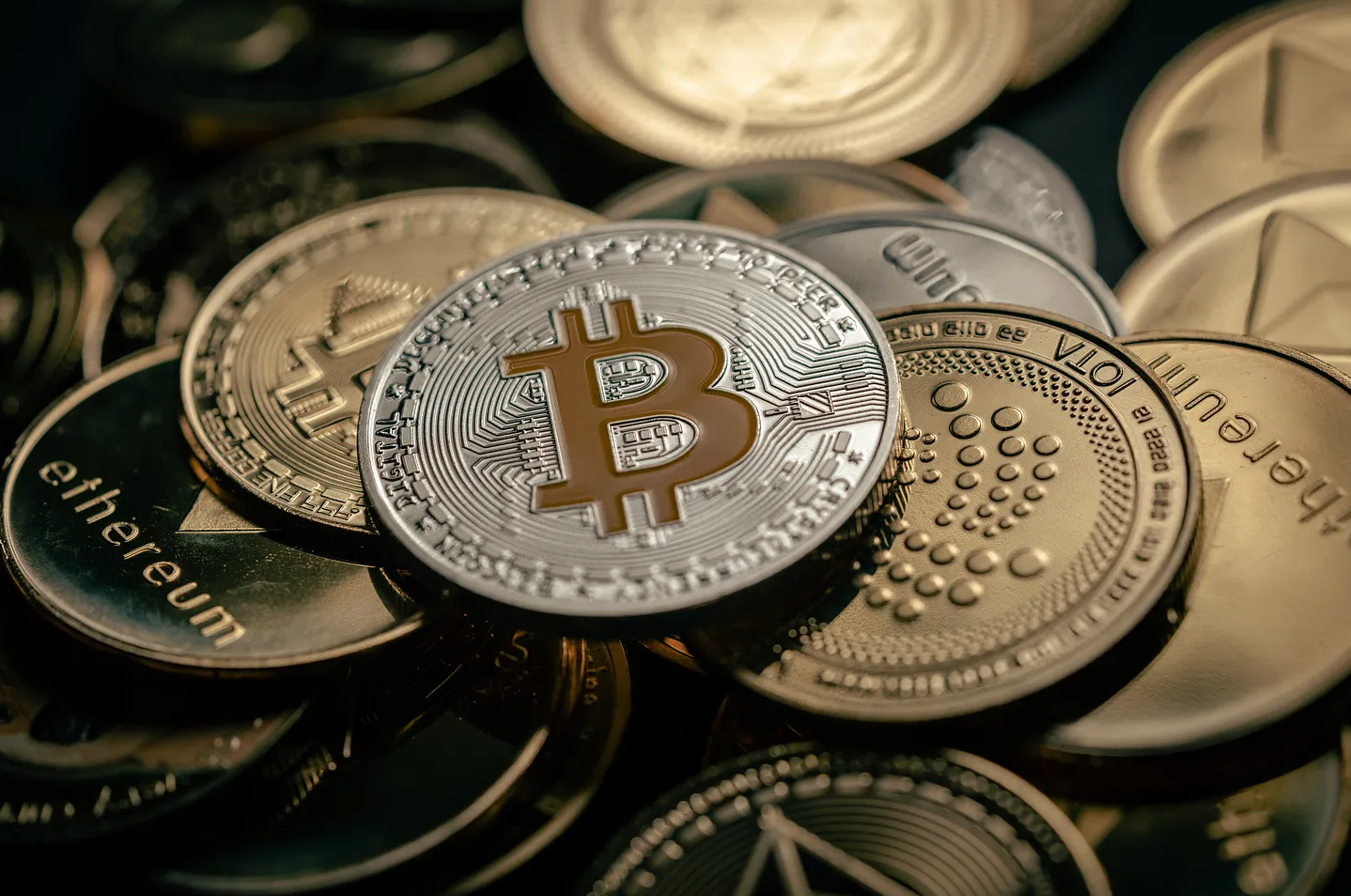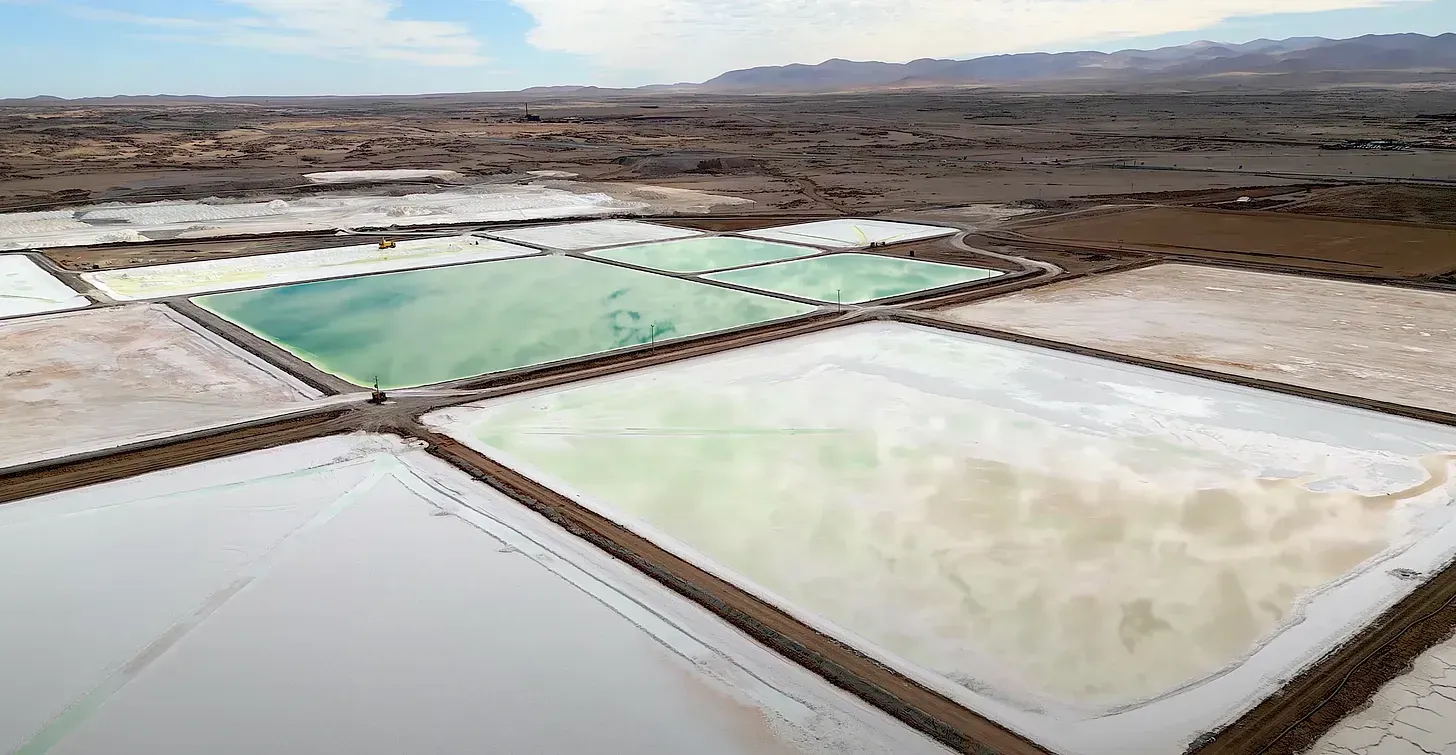
Regional Pulse
SP Emerging Finance Series | Crypto Usage in Latin America
November 13, 2024
Bitcoin, the world’s most popular cryptocurrency, reached a record high value of more than USD93,000 this week after Donald Trump won the US presidential election.
While it may be easy to write off cryptocurrencies as a fad, any business in Latin America should pay attention to this sizable — and growing — financial sector.
Latin America received nearly USD415 billion in crypto between July 2023 and June 2024, blockchain analytics firm Chainalysis found in its latest Geography of Cryptocurrency report.
Crypto is not going away anytime soon, and companies should take time to understand their exposure to digital assets.
Southern Pulse is excited to bring you the Emerging Finance Series, which aims to explore and clarify the latest trends in financial technology. Our first article explores the growing use of cryptocurrencies in Latin America. The content below is for informational purposes only and does not constitute financial advice.

What are cryptocurrencies?
Cryptocurrencies (often known as “crypto”) are a digital form of money whose transactions are recorded using a public ledger. They are decentralized, meaning that no central bank controls them.
Cryptocurrencies fall into a wider category of digital assets, which also includes non-fungible tokens (NFTs) and central bank digital currencies (CBDCs). These digital assets are held in a digital wallet. They can be traded for other types of cryptocurrencies or “cashed out” in the form of local fiat currencies.
While government regulations may require crypto exchanges formally established in a Latin American country to collect customer information for large transactions, the ledger does not publicly show the individuals or groups associated with a particular wallet.
Cryptocurrencies may often be associated with scams or fraud, but they also offer financial inclusion opportunities for individuals and businesses in a region prone to inflation and informal work. This brings a unique set of risks and challenges to an area already under scrutiny for tax evasion, money laundering, and the penetration of organized crime.
Here are three key things you should know about cryptocurrency use in Latin America.
Which countries have the highest volume of crypto transactions?
Latin America lags behind larger economies such as the United States and Europe when looking at the volume of crypto transactions the region receives. However, it has proven to be a unique testing ground for crypto services due to factors including high inflation, informal work, reliance on remittances, and — in some countries — limited access to US dollars.
While El Salvador has dominated the spotlight after making bitcoin legal tender in 2021, most of the crypto activity in Latin America happens in other countries.
Argentina received about USD91.9 billion between July 2023 and June 2024, Chainalysis found — the highest amount of any country in the region. Brazil followed with about USD90.3 billion. Venezuela’s market expanded the most, with its value received growing 110% year-over-year.
Four Latin American countries have a spot on the latest Chainalysis Global Crypto Adoption Index measuring grassroots crypto adoption: Brazil, Venezuela, Mexico and Argentina.
The firm found that Latin America’s crypto market grew 42.5% year-over-year — the second fastest-growing region after Sub-Saharan Africa.
The age group with the highest crypto adoption rate was the 25 to 34-year-old segment, a study from Mexico-based crypto exchange Bitso found earlier this year.
While Central America makes up a smaller share of crypto transactions than larger markets such as Brazil, Argentina and Venezuela, the region is notable for being home to several grassroots projects seeking to develop so-called “circular economies” with bitcoin. These include
Bitcoin Beach
in El Zonte, El Salvador;
Bitcoin Lake
in Panajachel, Guatemala; and
Bitcoin Jungle
in Costa Rica. Separately, a high-profile startup city on the Honduran island of Roatán called Próspera — which
recognized bitcoin
as a unit of account —
gained international attention
for its legal battles with the government.
What are the main use cases for crypto in Latin America?
RECENT
CATEGORIES
Article
Audio
Report
Video
Visual Pulse
Event



